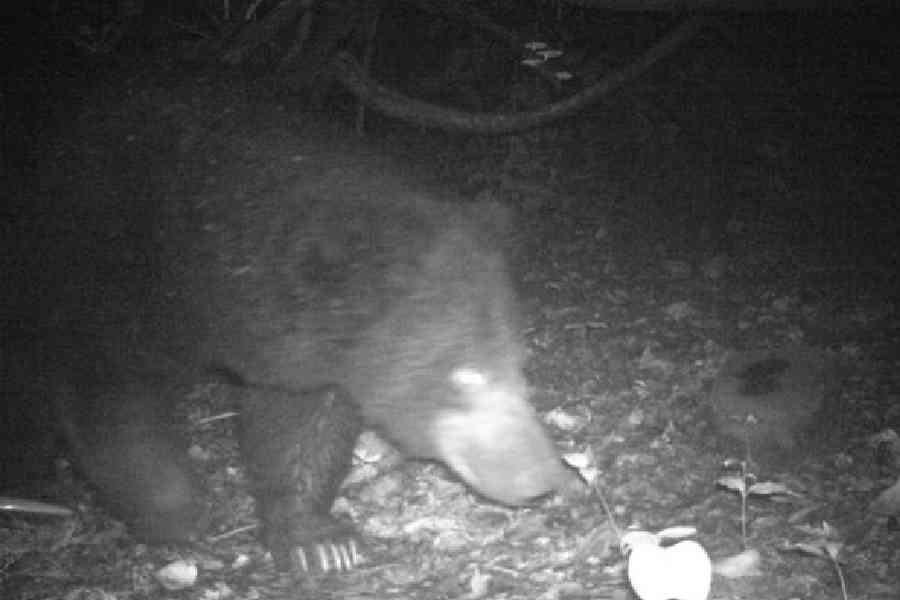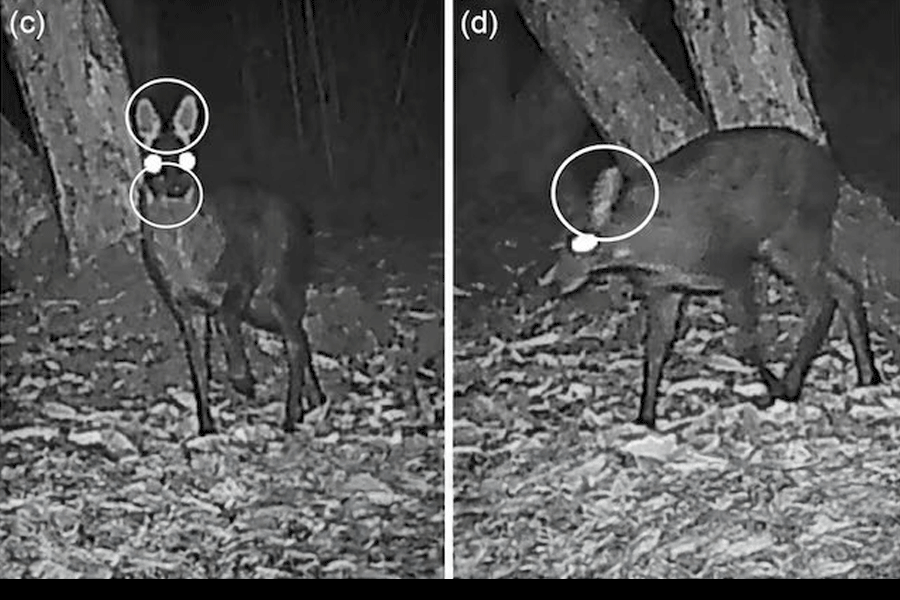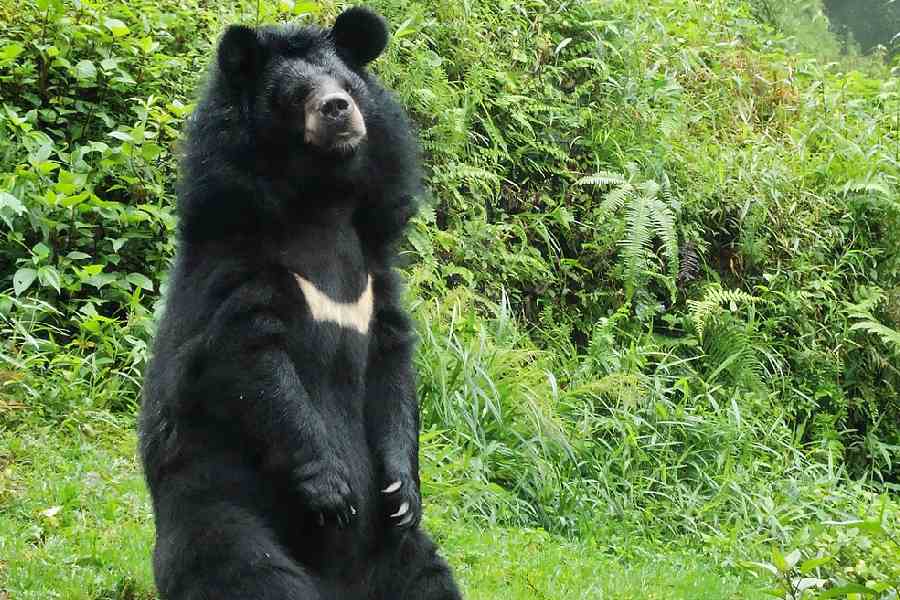Officials have confirmed images of at least four sloth bears in trap cameras in the Kotshila–Jhalda range in West Bengal’s Purulia district, two years after only one bear appeared in the same landscape.
The discovery followed a camera-trap survey that began in January across three Purulia forest divisions, run by the state forest department and the conservation group Human and Environment Alliance League (HEAL).
Kotshila divisional forest officer Anjan Guha told PTI, “After scanning the images captured on trap cameras, we have arrived at the conclusion that there are at least four sloth bears in the region. We are working on a conservation project to protect the animals.”
He said the bears regularly visit a nearby dam for water, prompting awareness drives in surrounding villages to reduce the risk of conflict.
Chief Wildlife Warden Sandeep Sundriyal said he would soon travel to Purulia to review the findings.
“I have heard about the spottings. It is heartening to note that the animals keep within their habitats and don't venture into human habitations to avoid any conflict,” he said.
He noted recent sightings of Indian striped hyenas in Paschim Bardhaman and added, “Such unique co-existence is important to retain biodiversity.”
Officials also reported pangolin and wolf presence in Purulia.
In September last year, honey badger, the only living species of the genus Mellivora, was documented for the first time from the Simni beat of Kotshila Range in Purulia.
The sloth bear count arrives days after scientists confirmed photographic evidence of a musk deer in Neora Valley National Park, the first such documentation in nearly 70 years.
The finding, published in a Cambridge University Press India journal, emerged from a camera-trap survey under the Pan-India Assessment and Monitoring of Endangered Species programme.
A network of cameras set for a red panda study recorded six consecutive frames of the musk deer, showing the animal’s long hare-like ears, lack of antlers and prominent upper canines — the defining features of the genus Moschus.
Together, the two discoveries signal a notable return of elusive species across Bengal’s forests.












